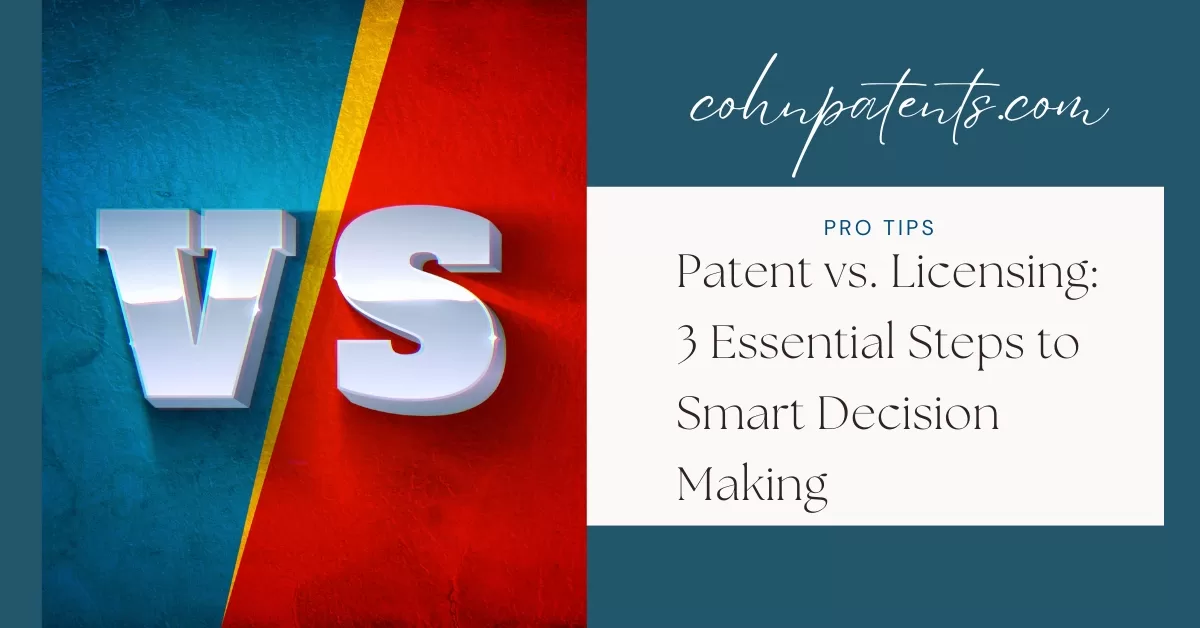Patent vs. Licensing – Order of Importance
This is a fair – and frequently asked – question, but one that only each person can answer for themselves. It’s tempting to think that there is a right way and a wrong way to do this, but the reality is, a lot depends on your product, the protections you have in place, and whether or not there is a market for what you’ve invented. Don’t let the time factor influence you—getting your product to market, and protecting it, are things that are worth your time and attention.
“Patent-Pending” Protects
Your invention is under protection for a certain amount of time, usually up to one year, after it makes its public appearance. Generally and ideally, that is. This offers less protection than the actual patent does, but it does give you time to test the market and see if your invention has a chance of making it and becoming profitable.
Confidentiality Agreements
It’s likely that bringing your product to market without a patent (or with) means that you will need to rely on others. You can, of course, rely on their discretion and assume that they will not avail themselves of your product details, but it’s also a good idea to have everyone involved sign a confidentiality agreement. This is not a symbol of distrust—these agreements help protect everyone involved.
File a Provisional Patent Application?
This, again, offers protection for your product—but it’s an individual decision. Whether to file for a provisional patent or take the plunge and file for full patent protection is a matter that should be discussed with any partners, your patent attorney, and your business mentor. A provisional patent offers some measure of protection, but it might be cheaper in the long run to simply file for the full patent.
Contact your Patent Attorney to learn more.


